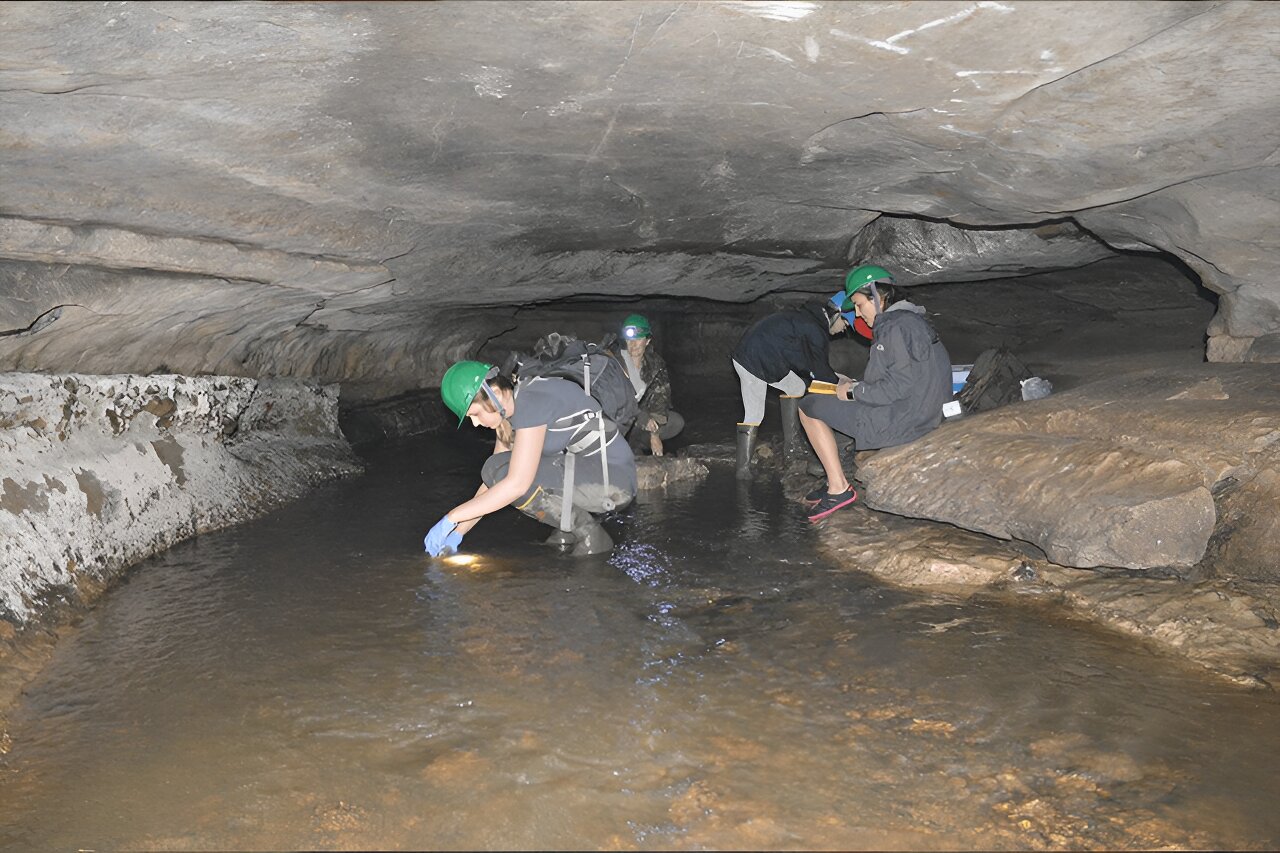Scientists Find Microplastics In Cave Sealed Off From All Humans
A cave that has been off-limits to human visitors for three decades has become a troubling hotspot for microplastic pollution, according to new research.
Oct 01, 202373.7K Shares1.1M Views

A cave that has been off-limits to human visitors for three decades has become a troubling hotspot for microplastic pollution, according to new research. The cave, located in Missouri, was selected as a study site to assess the infiltration of microplastics into subsurface water systems. Microplastics are tiny shards of plastic waste, measuring five millimeters or smaller, and they have been found in various unexpected places, including clouds and human hearts.
This recent research, published in the journal Science of the Total Environment, highlights the concerning presence of microplastics in subsurface water systems, an area that has been underrepresented in scientific studies.
Cliff Cave, the chosen research location, has been closed to the public since 1993 but is located near a residential area, making it an ideal case study for assessing the impact of human settlements on nearby ecosystems. The researchers discovered that the highest concentrations of microplastics were present at the cave's entrance, with water carrying these particles further into the cave.
Additionally, the study found that microplastics were 100 times more concentrated in the cave's sediment than in the water itself. This suggests that water deposits microplastics into the sediment, where they are stored for extended periods, potentially decades or more, even after water recedes. Airborne microplastic particles could also settle in the cave's sediment.
The implications of this study are concerning. Microplastics in caves have the potential to seep into groundwater, which is a source of drinking water for humans. Furthermore, they pose a threat to the habitats of cave-dwelling species such as bats and amphibians.
The ubiquity of plastic pollution presents a significant challenge in reversing this trend. One suggested solution from the researcher, Elizabeth Hasenmueller, is for society to reduce its reliance on synthetic clothing. Synthetic textiles are a significant source of microplastic pollution, shedding tiny plastic fibers with each wash. Reducing the use of synthetic fabrics and finding alternative materials could help mitigate the spread of microplastics in the environment.
In conclusion, this study highlights the insidious nature of microplastic pollution, which has penetrated even the most remote and secluded environments like caves. It underscores the urgency of addressing plastic pollution at its source and finding innovative ways to reduce the release of microplastics into the environment.
Latest Articles
Popular Articles